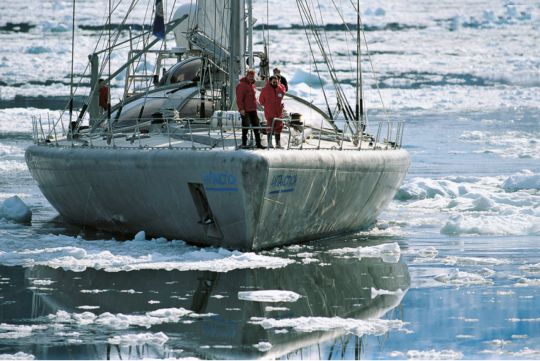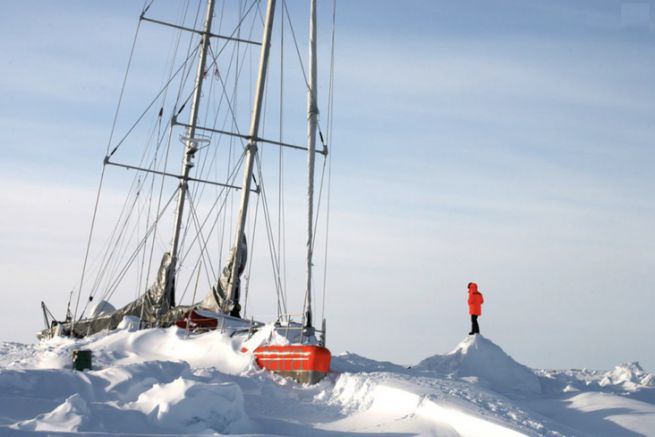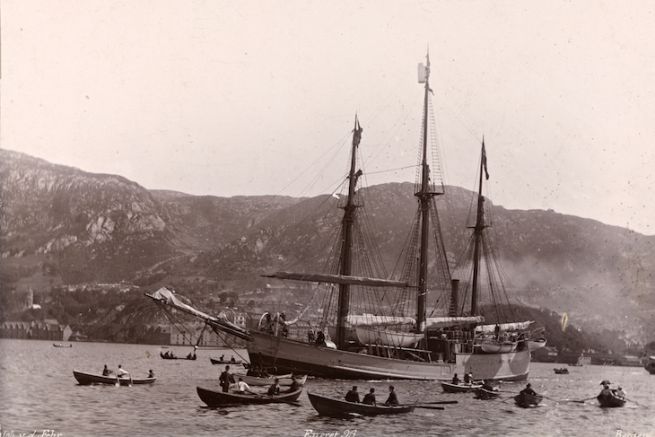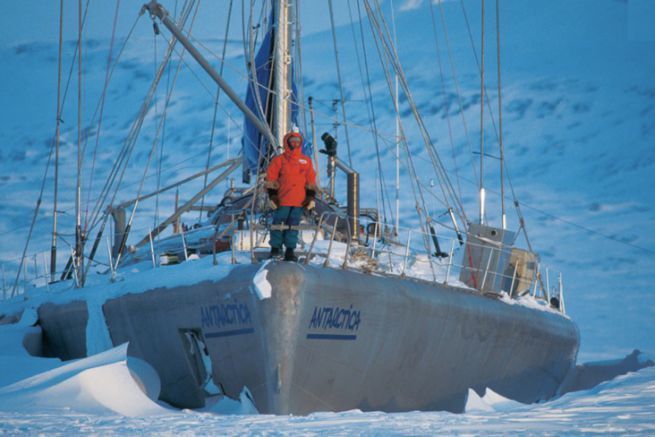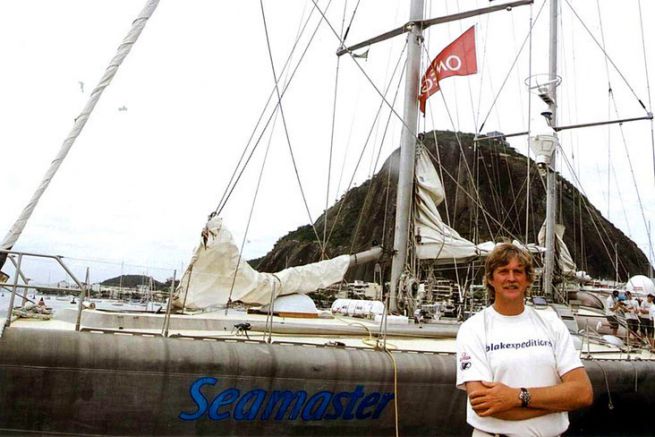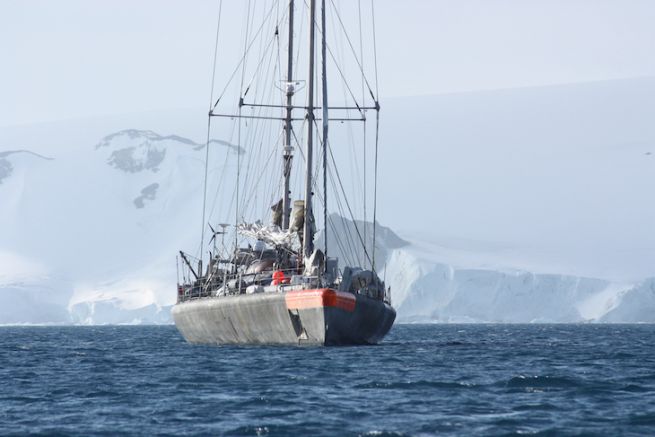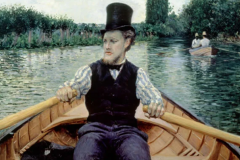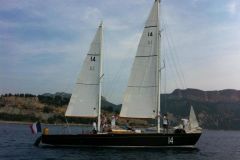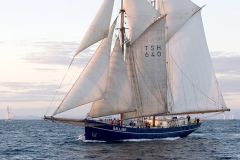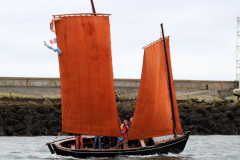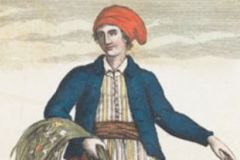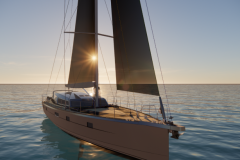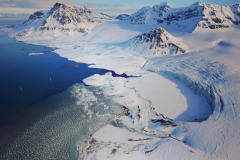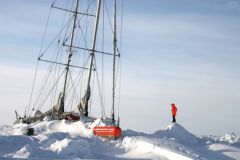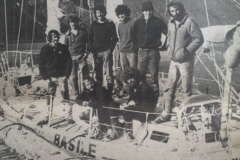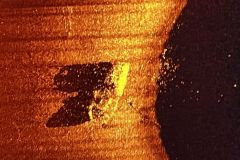The story of Tara begins in 1978, on board Pen Duick VI, Eric Tabarly's ship. During the night watches, Jean-Louis Etienne and Olivier Petit, two students in naval architecture, discussed the ideal expedition boat.
First steps of explorers
In 1986, Jean-Louis Étienne achieved a world feat. The doctor was the first man to reach the North Pole alone, pulling a sled loaded with supplies for 63 days. A feat inspired by one of his idols of the Great North, Fridtjof Nansen, the first man to accomplish the transpolar drift in 1898, aboard the Fram, a ship specially designed to withstand the ice.
This first success inspired him to take on other challenges. In particular the transpolar drift. Especially since he was now famous for this project. He developed a program with the engineer Michel Franco: to build a boat and follow in the footsteps of Nansen for his centenary.

Build a replica of the Fram
It is his sidekick - Olivier Petit, now a naval architect - who is in charge of building this 20th century Fram, in collaboration with Luc Bouvet. The model of this boat to be invented is obviously that of the 19th century polar explorer.
The specifications are quite similar: to comfortably accommodate 14 people to live independently on the ice for three years. The team refers to the writings of Nansen, to the plans of the architect of the Fram, Colin Archer, with this same idea: the ship must slide on the ice when it will be assaulted by the ice pack.
In a century, materials have evolved and the goal is to build a boat of the same size, but "for the equivalent weight of coal embarked by Nansen" explains Olivier Petit.
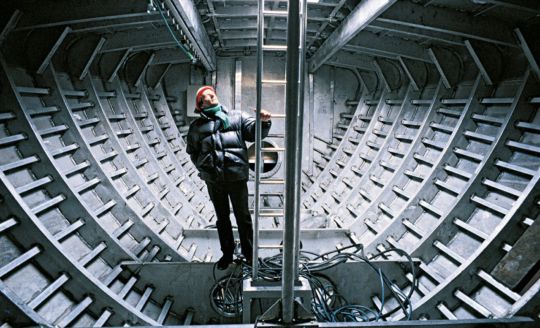
The ship will be built in aluminum, a material whose strength increases with cold. Instead of the 800 tons of the Fram, this new ship will weigh only 130 tons when empty. Although two-thirds of the project is financed by the UAP insurance company, Jean-Louis Étienne is obliged to take on personal debt to balance his budget.
The shipyard was entrusted to the Société Française de Construction Navale (SFCN) in Villeneuve-la-Garenne. The hull was built upside down. The ship was named Antarctica in reference to its first expedition to the South Pole. It is nicknamed the "big whale" because of its large belly. Its dimensions are the same as the Fram: 36 m long and 10 m wide. Particular attention was paid to insulation so that the ship could navigate in the polar regions. Thus, the Antarctica receives a second interior skin made of foam pressed between two sheets of plywood. Six large portholes will bring light inside and its 170 m2 living area can comfortably accommodate up to 24 people.

The ship was launched on May 10, 1989 and its look was quite different. Its shape is wide, its hull is made of aluminum and it is not even painted. To test it, a first navigation was organized towards New York, then Chile and then Antarctica. The Antarctica then sailed in the deep south: Ross Sea, sub-Antarctic islands, Australia, Patagonia... But Jean-Louis Etienne did not forget his first intention: the Arctic.
In 1995, he decided to winter in Spitzbergen to test the resistance of his boat. The transpolar drift followed. But his sponsor withdrew and the doctor-turned-explorer was forced to stop, up to his neck in debt. Antarctica had to be sold, but this was no small matter. Finally, after a year and a half, the ship is sold to the New Zealander Peter Blake .
